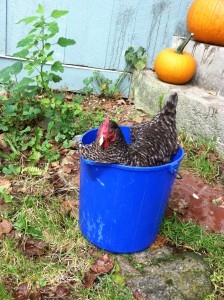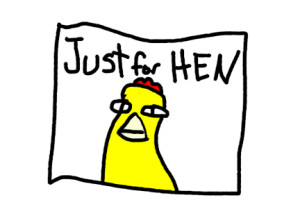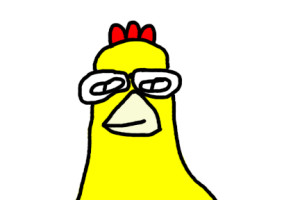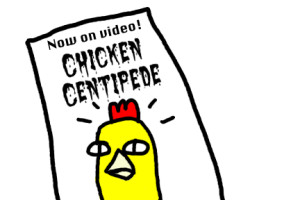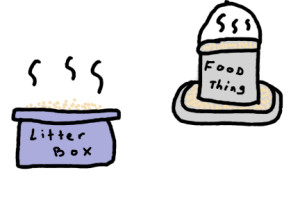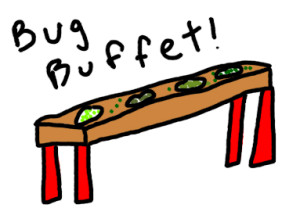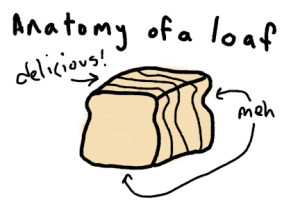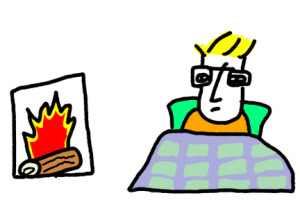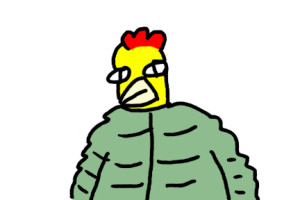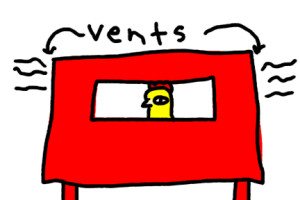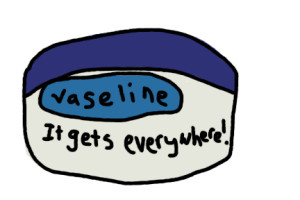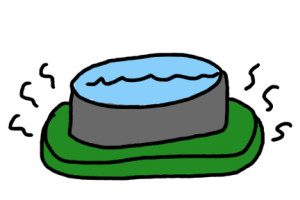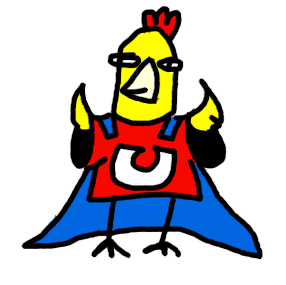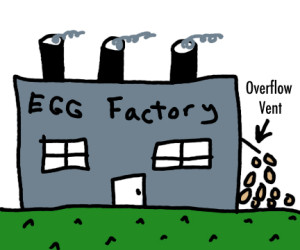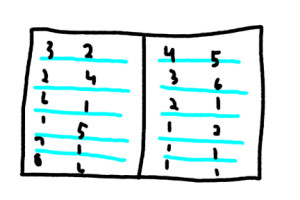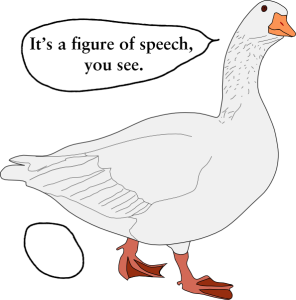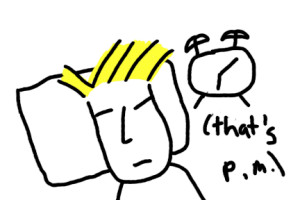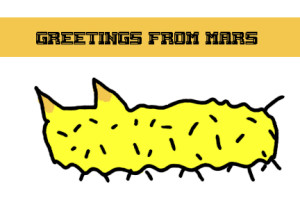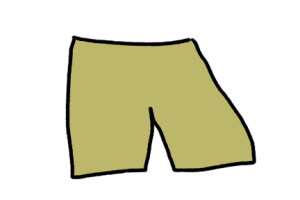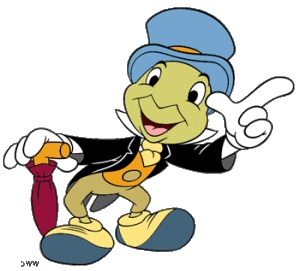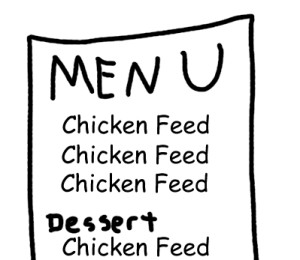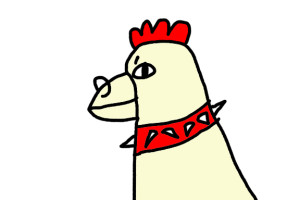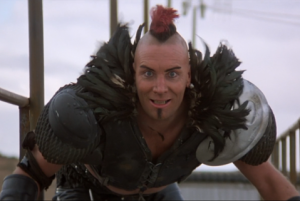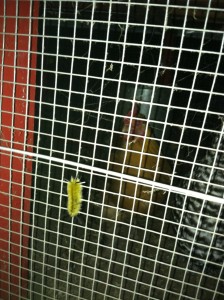(Broadcast 10/11/2013)
There comes a time in everyone’s life when they find they need to give a chicken a bath. Wait, what? You say that’s not actually true? Most people haven’t ever bathed a chicken? Well, this is certainly unexpected. Regardless, I recently found myself in a position where I had to give not one, but two chickens baths, and I lived to tell the tale. I may die of embarrassment once the tale is told, but you know, I’ve had a good run. To keep the embarrassment to a minimum, I’ll only discuss the first bath today.
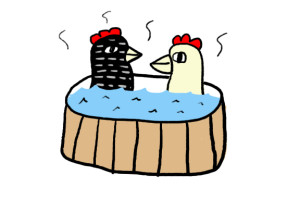
In the 80s, even chickens had hot tubs.
Remember my discussion of “vent gleet,” aka nasty chicken butt disease, from a couple of weeks ago? Maybe not. The gist of it is that I have a chicken that had a problem that involved really nasty tail feathers due to, let’s say cloacal issues. I did everything the internet said to do: I cleaned the feathers (opting to trim off the nasty ones), I administered an oral dose of epsom salts, I put apple cider vinegar in the water, and I dealt out lots of yogurt. She seemed to be doing well, until a week later when I stuck my head in the coop to say goodnight, and I noticed her tail feathers were befouled anew. You notice these things when the coop door is righ at their rump level. I shook my fist at the chicken butt gods and angrily approached the internet for guidance.
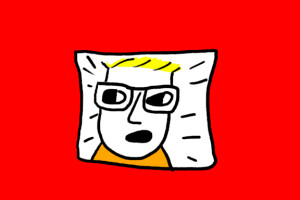
The look on my face upon seeing the soiled rump.
Upon rereading the article about vent gleet that had originally guided me, it did mention that sometimes two treatments were necessary. In my lust for success, I guess I missed that part. But at least it could still be vent gleet and not something worse. I redid all the original treatments, and hoped that this time it would stick.
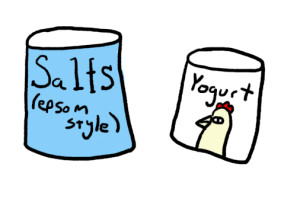
Treat, and retreat.
Then I got to thinking that the one thing I hadn’t done was give the chicken an epsom salt bath. This was suggested partly to help soften the nasty feathers for cleaning, but also to help with the affliction itself. Vent gleet can be caused by fungus or parasites, and the epsom salts can help to defeat both those things. As a good chicken dad, I began to think that maybe I should give this a shot.
The problem with giving this a shot was that the time I had to dedicate to bathing a chicken was time that I was the only one home besides my son, who I was supposed to be watching. I thought I could interest him in helping out as a father/son project, but he was already annoyed with me because I told him he needed to come outside instead of watching TV all afternoon. So taking away something he liked and offering to supplement it with something that actually sounded kind of awful was not appealing. He opted to sit in a chair out in the yard and occasionally glare at me while the rest of this went down.

The old Stink Eye
I got the only bucket we had, and hoped a chicken would fit in it. I added some epsom salts and water, and took it outside. I thought once more about if I really needed to do this. I had trimmed the chicken’s dirty feathers again, but maybe there was more going on in there that I wasn’t getting with the trimming, or couldn’t be trimmed away. Yes, I should do this just to be safe. I took the chicken and proceeded to the bucket.
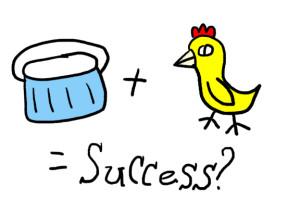
An equation.
She kind of fit. I could at least get her butt down into the water. I called to my son to look at daddy, he’s doing something ridiculous. He grunted in response. The chicken squirmed a little and looked around, as if to see if anyone was watching. No one seemed to be, though we can’t rule out NSA spy drones. She sat still for about 3 minutes, and then the attempts to escape began in earnest. There was squawking and kicking, which means there was also splashing. I had a good grip on her wings, so she couldn’t flap them, but this was becoming more unpleasant by the minute, and it was never really very pleasant to begin with. I held on for a couple more minutes, then finally let her out. She was in there for a total of five minutes, tops. The instructions said to keep her in there for 20 minutes. No chance of that happening without me having a team of chicken wranglers.
I let her out in the yard, and figured since it was sunny and warm, she could dry off in the sun. At that moment, a cloud came by and somehow managed to blot out any sunlight for half an hour. I knew what I needed to do. I went and got our longest extension cord, and a hair dryer.
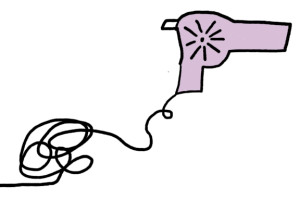
The cord was long.
I’m not sure if you’ve ever stood in your driveway holding a wet chicken like a baby while blow drying it, but it’s certainly an experience I never anticipated having. Cars were going by, but no one seemed to notice. The chicken lay there on her back, seemingly content. The smell of hot chicken feathers filled my nose, and I realized I had gone to a place most people never go to. I am still wondering if this is a good thing. But the chicken was dry, and so far we haven’t seen any more dirty butt feathers on her. We also haven’t seen any of the neighbors. But if we do, I suppose we’ll find out very quickly which ones saw my foray into chicken hairdressing.
Like this:
Like Loading...
